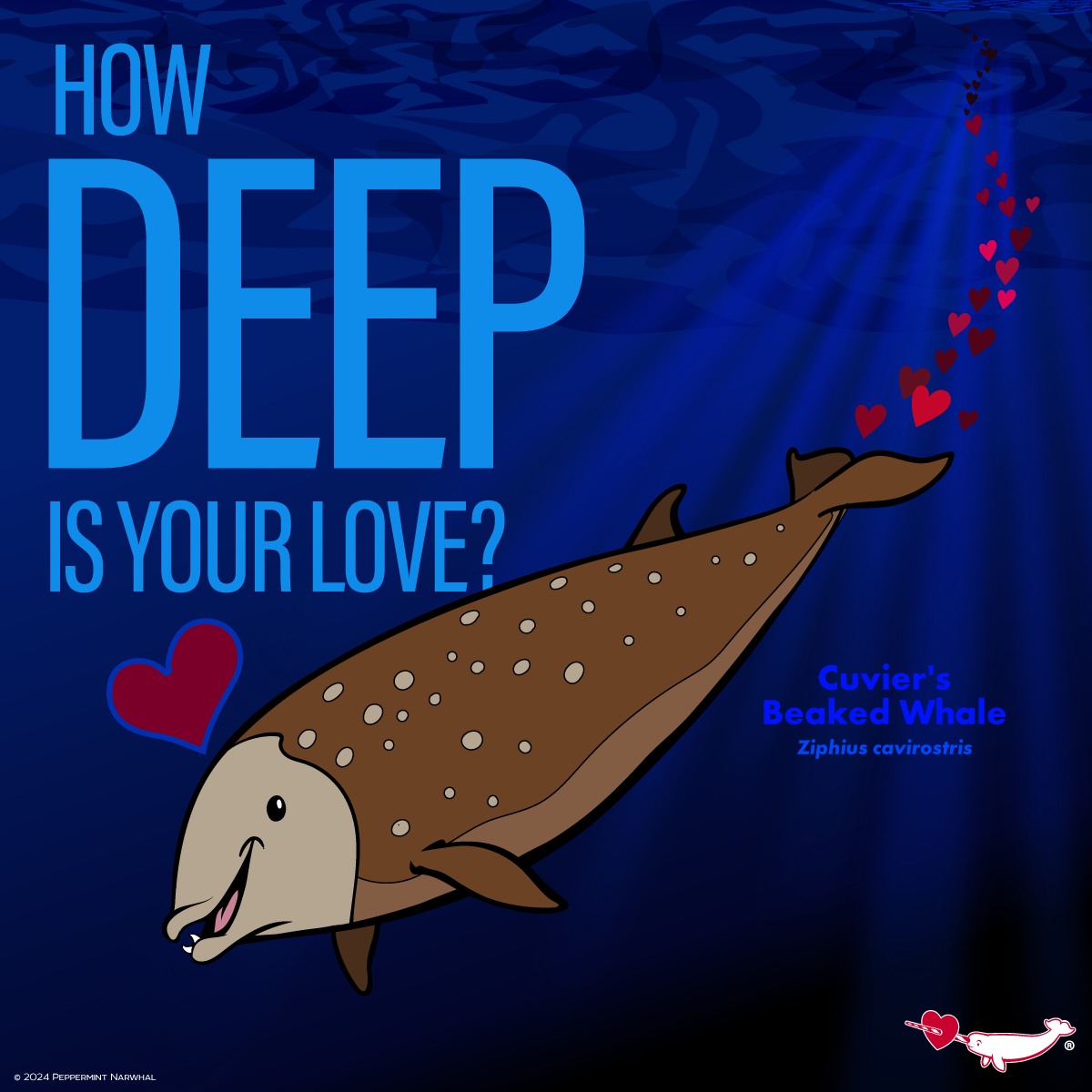Key Points:
1. The physiological adaptations of Cuvier’s Beaked Whale for deep-sea dives.
2. The significance of these deep dives in the life cycle and habitat use of Cuvier’s Beaked Whale.
3. Conservation implications and the impact of human activities on the species’ deep-sea ecosystem.
4. The role of scientific research and technological advancements in understanding and protecting deep-sea dwellers like Cuvier’s Beaked Whale.
The ocean is a vast and mysterious frontier that remains largely unexplored. Within its depths, creatures like the Cuvier’s Beaked Whale thrive in environments that seem more alien than earthly. What sets this species apart is its impressive and record-breaking diving capabilities. The Cuvier’s Beaked Whale has achieved the deepest and longest recorded dive among whales, reaching depths of 9,816 ft (2,992 m) and lasting an astonishing 222 minutes. This feat not only showcases the physiological marvels of marine mammals but also raises important questions about the impact of human activities on these deep-sea ecosystems and the urgent need for their conservation.
To understand how Cuvier’s Beaked Whales accomplish these deep dives, it is crucial to examine their physiological adaptations. These mammals have evolved unique mechanisms that enable them to withstand the immense pressure, cold, and darkness of the deep sea. One key adaptation is their ability to store large amounts of oxygen in their muscles and blood, thanks to an increased concentration of myoglobin in their muscle tissues and a higher blood volume. This enables them to hold their breath for extended periods while diving. Furthermore, their flexible ribcages allow their lungs to compress under high pressure, reducing the risk of decompression sickness—a condition that human divers often face.
The deep dives undertaken by Cuvier’s Beaked Whales are integral to their survival and reproduction. These dives allow them to access food sources inaccessible to most other marine species, such as deep-sea squids and fish, which form the bulk of their diet. Thus, their diving behavior is closely related to their foraging habits and overall energy acquisition strategies. These deep dives might also play a role in social structuring and reproduction. However, the exact details remain largely unexplored due to the difficulty of studying these animals in their natural, deep-sea habitats.
Despite the awe-inspiring abilities of Cuvier’s Beaked Whales, they face significant challenges from human activities. The deep-sea habitats they occupy are not immune to human impact. One of the most significant threats comes from noise pollution, especially from naval sonar and seismic surveys for oil and gas. Such noises can interfere with the whales’ navigation and communication and lead to decompression sickness as they are forced to surface more quickly than usual to escape the disturbing sounds. There’s also the entanglement in fishing gear and ingesting marine debris, which risks their health and well-being. As apex predators, they are also vulnerable to bioaccumulation of toxins from their prey, harming their reproductive and overall health.
Scientific research and technological advancements are crucial in understanding these mysterious creatures’ needs and behaviors and devising strategies for their conservation. Technology such as satellite tagging and passive acoustic monitoring has provided researchers valuable insights into the whales’ migration patterns, dive behaviors, and habitat use. This information is vital for implementing effective conservation measures, such as establishing marine protected areas (MPAs) that encompass critical habitats for feeding, mating, and birthing.
Furthermore, research into the whales’ physiology and genetics is aiding in developing noise mitigation strategies that seek to minimize the impact of human-induced noise on these sensitive marine mammals. Efforts are also underway to reduce bycatch by modifying fishing gear and practices. Through scientific curiosity, technological innovation, and a commitment to conservation, we can ensure that Cuvier’s Beaked Whales, and many like them, remain a thriving testament to the ocean’s depths and the extraordinary life it harbors. In doing so, we safeguard these marine marvels and the health of our planet’s most significant and unexplored frontier.
*****
Source Description
VALENTINE – How Deep is Your Love?
Did You Know? – Cuvier’s Beaked Whale (Ziphius cavirostris) has the deepest and longest recorded dive among whales at 9,816 ft (2,992 m). The impressive dive took an astonishing 222 minutes!
Shop www.peppermintnarwhal.com


